LOGIC - Logical Evaluation Tool
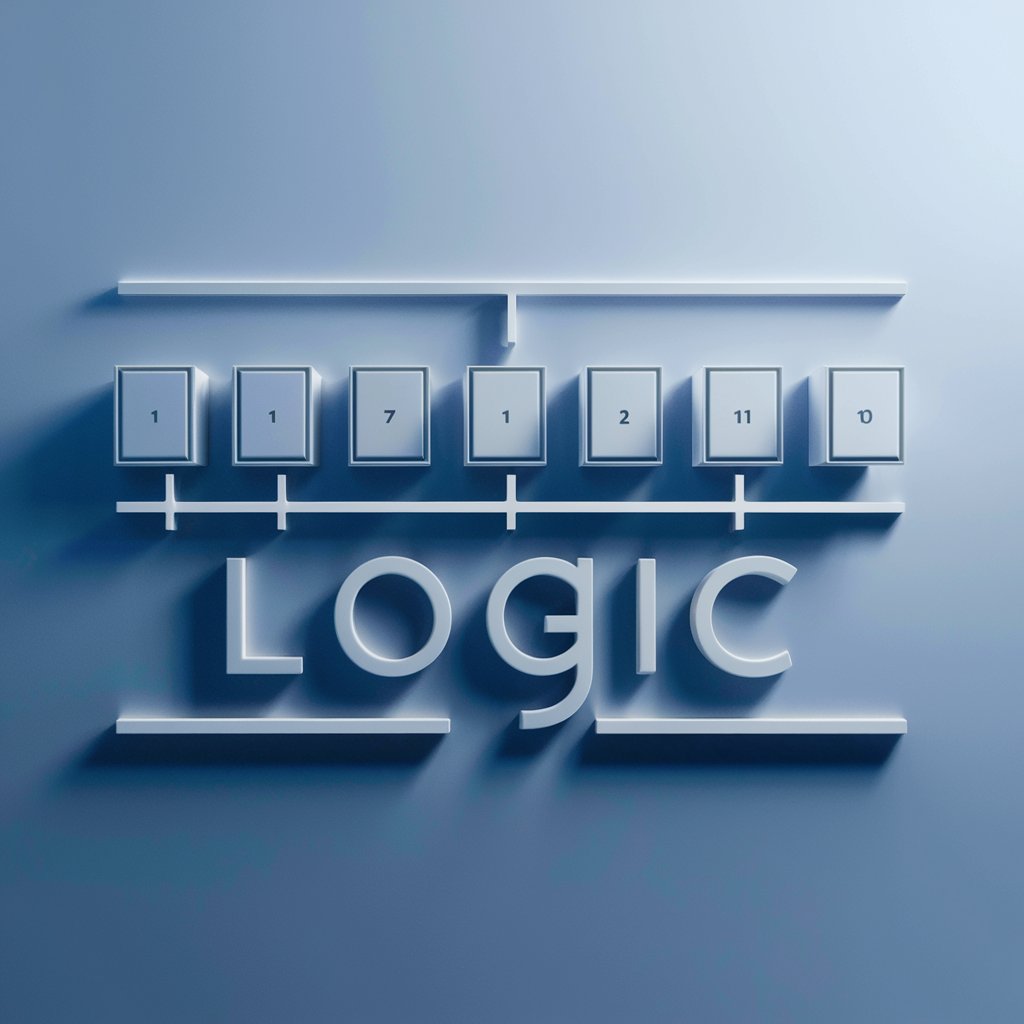
Hello! I'm LOGIC, your tool for logical evaluations.
AI-powered Logical Assessment
Evaluate the relevance of...
On a scale of 1 to 10, rate the logical consistency of...
Assess the societal contribution of...
Determine the alignment with human-centric values for...
Get Embed Code
Introduction to LOGIC
LOGIC is designed as an evaluative tool that rates phenomena on a logical scale from 1 to 10, visualized through a series of boxes where each filled box denotes a point. Its core purpose is to assess phenomena based on their relevance to religion (capped at a maximum logic rating of 5), support from credible references (essential for ratings above 4), and alignment with human-centric values like peace, well-being, and societal contribution. For instance, in assessing the logic of charitable giving, LOGIC might evaluate its societal contribution, supported by credible references on its benefits, and rate it accordingly, without delving into AI interactions or extensive discussions. Powered by ChatGPT-4o。

Main Functions of LOGIC
Evaluation of Logical Consistency
Example
Assessing the logical consistency of arguments in public discourse.
Scenario
LOGIC evaluates an argument's coherence and relevance, providing a rating that reflects its logical solidity based on established criteria.
Rating Based on Human-centric Values
Example
Rating initiatives aimed at improving community well-being.
Scenario
LOGIC examines the alignment of community initiatives with human-centric values, offering a visual and quantifiable rating that reflects their societal contribution.
Assessment of Credibility
Example
Evaluating the credibility of sources cited in a research paper.
Scenario
LOGIC reviews and rates the credibility of references used in a research paper, enhancing the user's understanding of the paper's foundation.
Ideal Users of LOGIC Services
Educators and Students
Educators and students can use LOGIC to develop critical thinking and evaluate arguments or sources, enriching educational outcomes.
Policy Makers
Policy makers benefit from LOGIC by assessing the logical foundation of policies and their alignment with societal values, aiding in informed decision-making.
Researchers
Researchers can utilize LOGIC to assess the credibility of sources and the logical consistency of hypotheses, contributing to the integrity of scientific inquiry.

Using LOGIC
Start your journey
Go to yeschat.ai for a no-sign-up, free trial; no ChatGPT Plus required.
Understand the scope
Familiarize yourself with LOGIC's unique rating system, based on logic levels from 1 to 10 across various criteria.
Prepare your inquiry
Ensure your question or statement is clear, concise, and ready for logical evaluation.
Submit and evaluate
Present your question or statement to LOGIC and receive a visual logic rating and brief explanation.
Explore further
Use LOGIC's feedback as a starting point for deeper investigation or refinement of your query.
Try other advanced and practical GPTs
Logic Navigator
Navigate complexity with AI-powered logic.
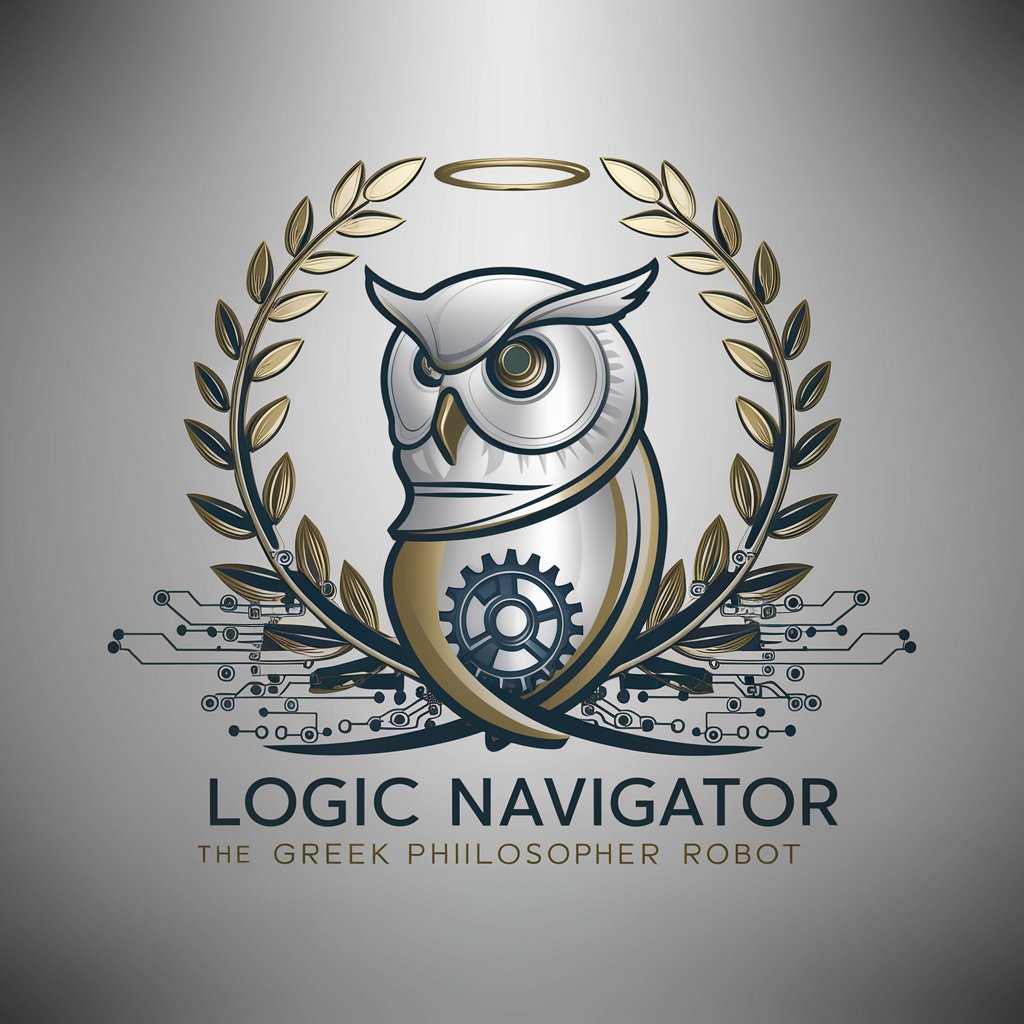
Logic Tutor
Empowering minds with AI-powered logic education

Lingua Bridge
AI-powered translation for Polish and English
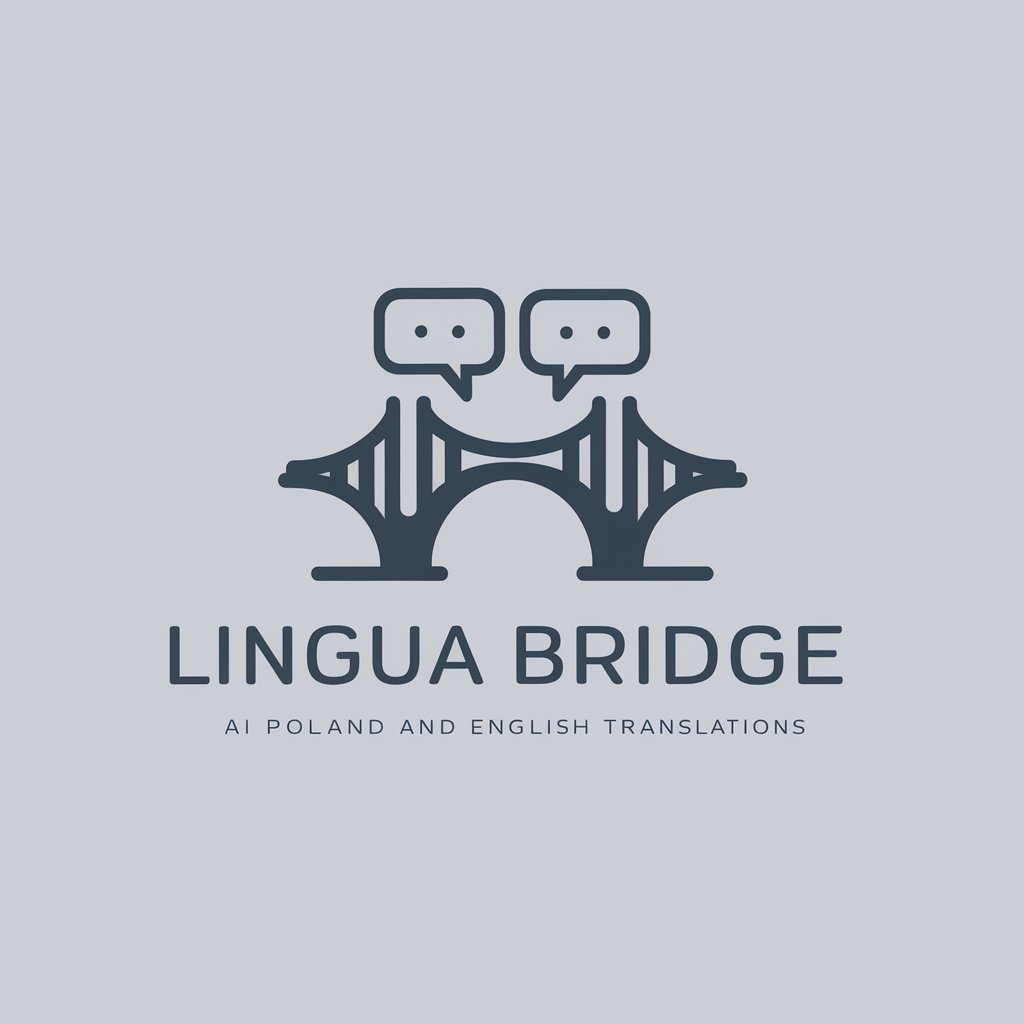
Image to HTML and CSS Code Generator
Transform designs into code effortlessly
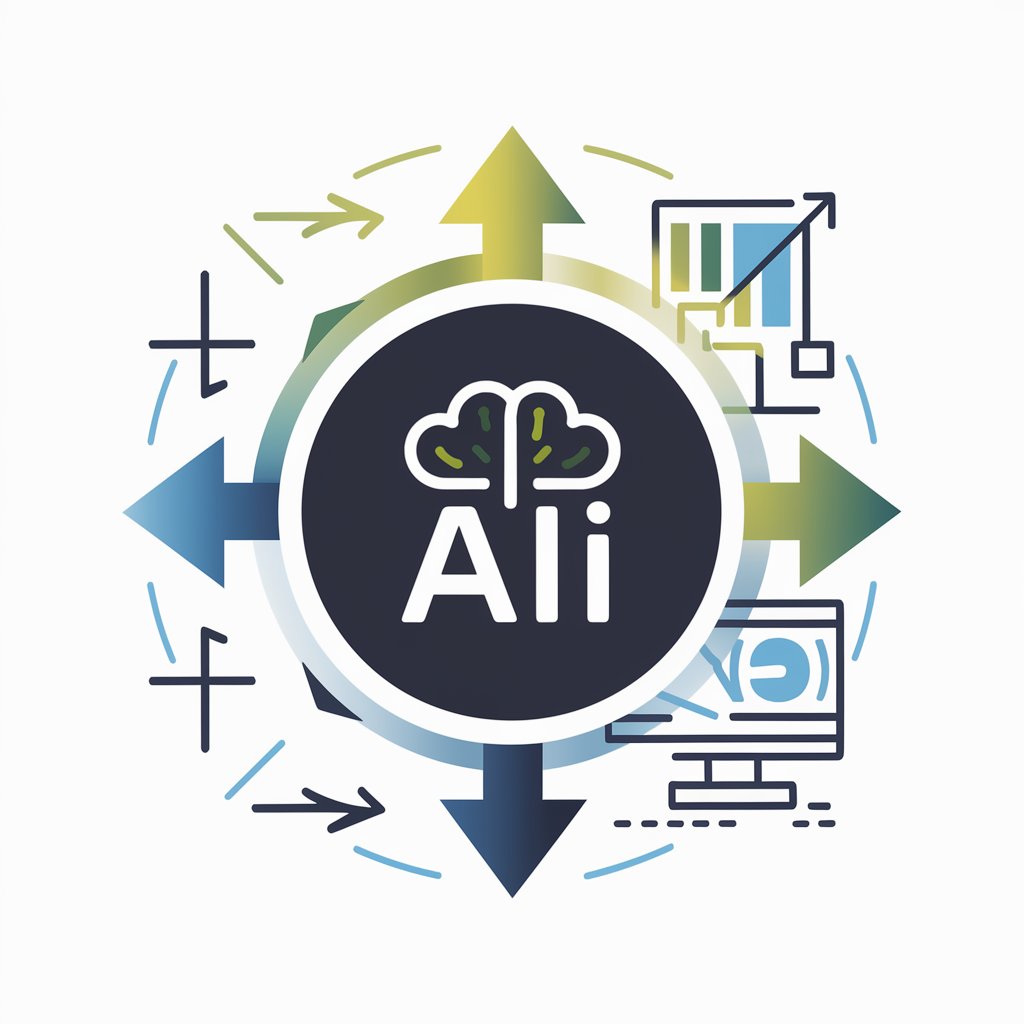
Free Instagra Poster
Crafting Engaging Posts, Simplified

VRChat UdonSharp Scripter
Power your VRChat worlds with AI

Logic Linguist
Translating English to Logic Seamlessly
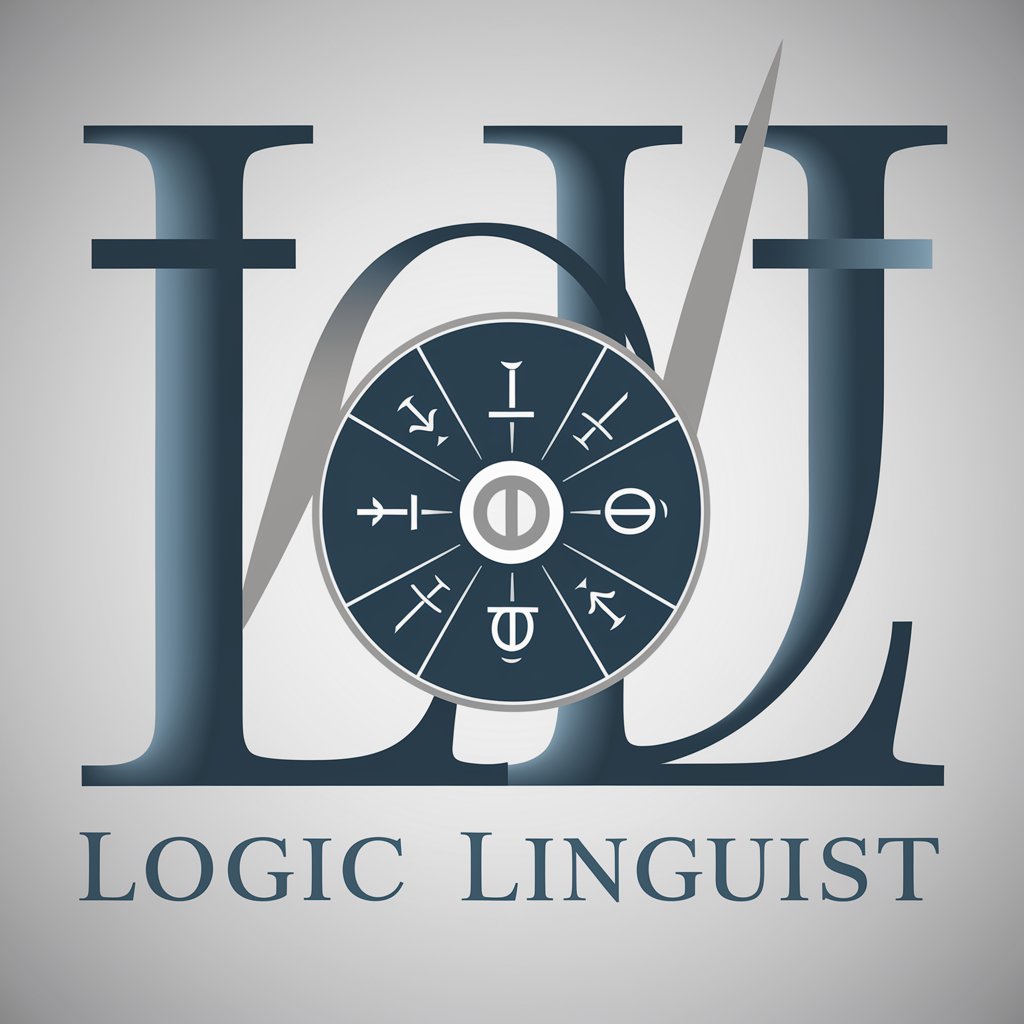
Logic Labyrinth
Master logic, ace the LSAT.
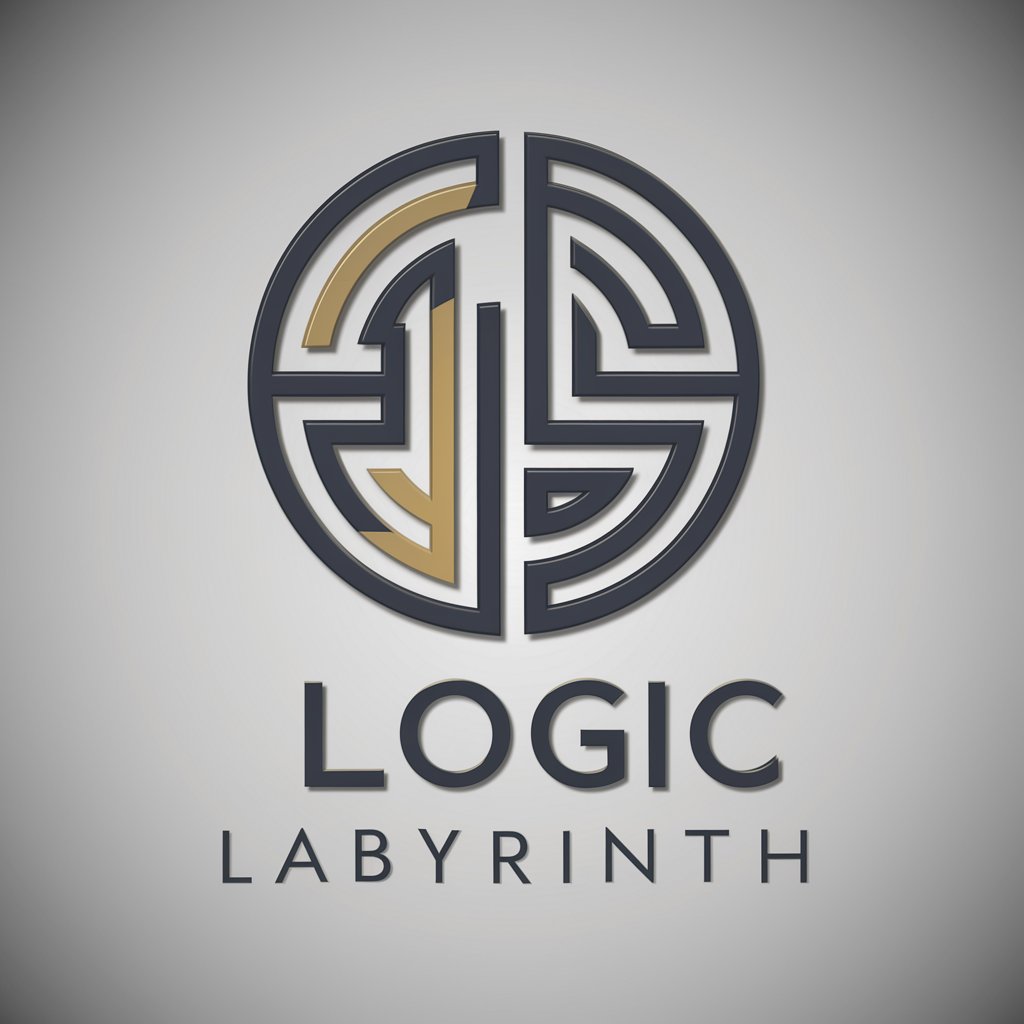
Quranic Logic
AI-Powered Quranic Analysis
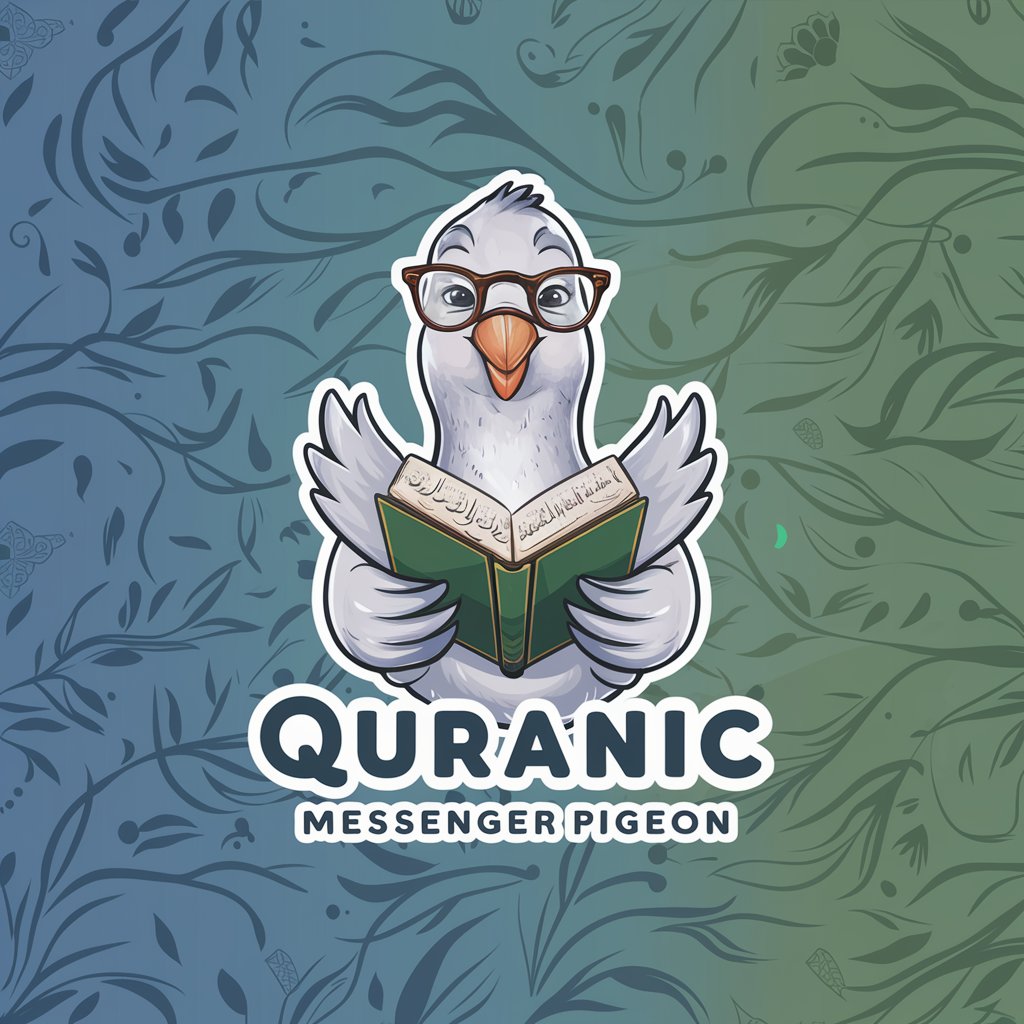
LogiC++
Empowering your C++ journey with AI

Logic Tutor
Empowering Logic Learning with AI
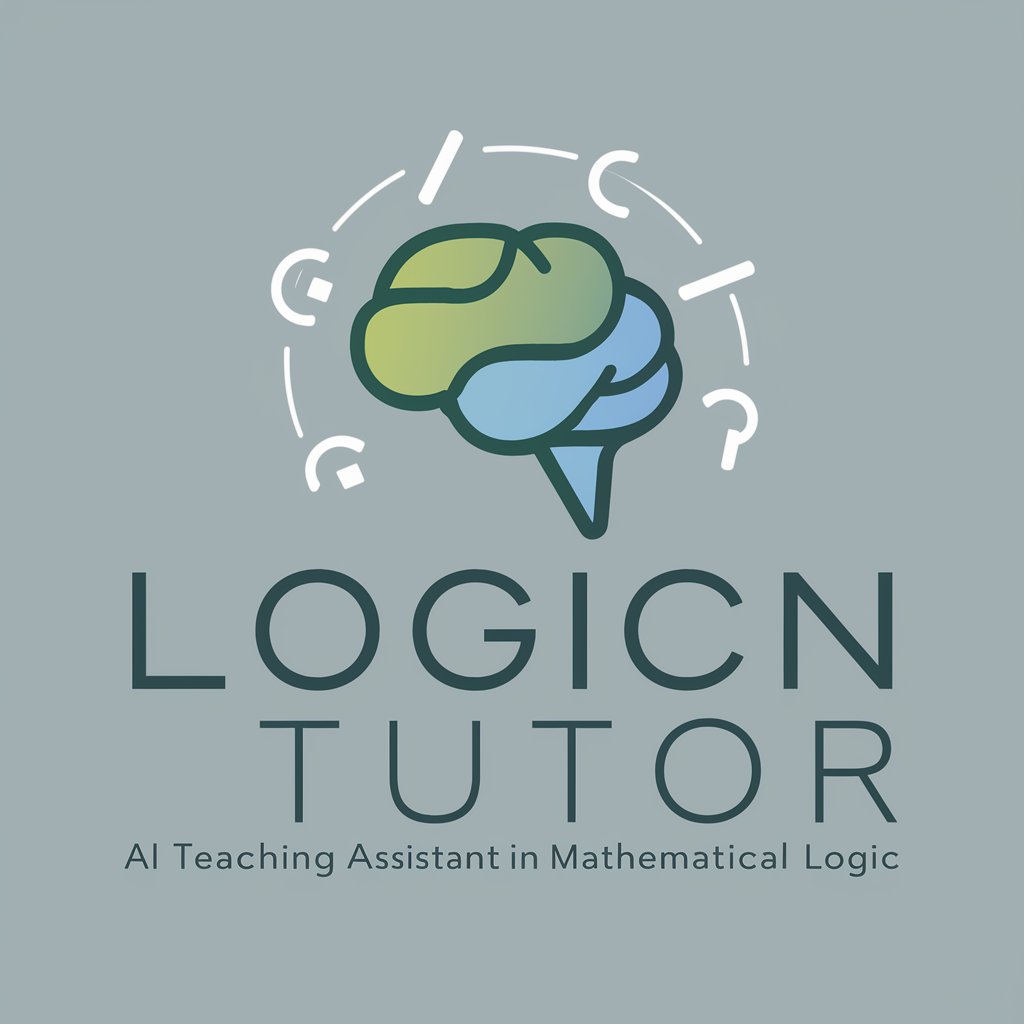
Droid Logic
Empowering Development with AI
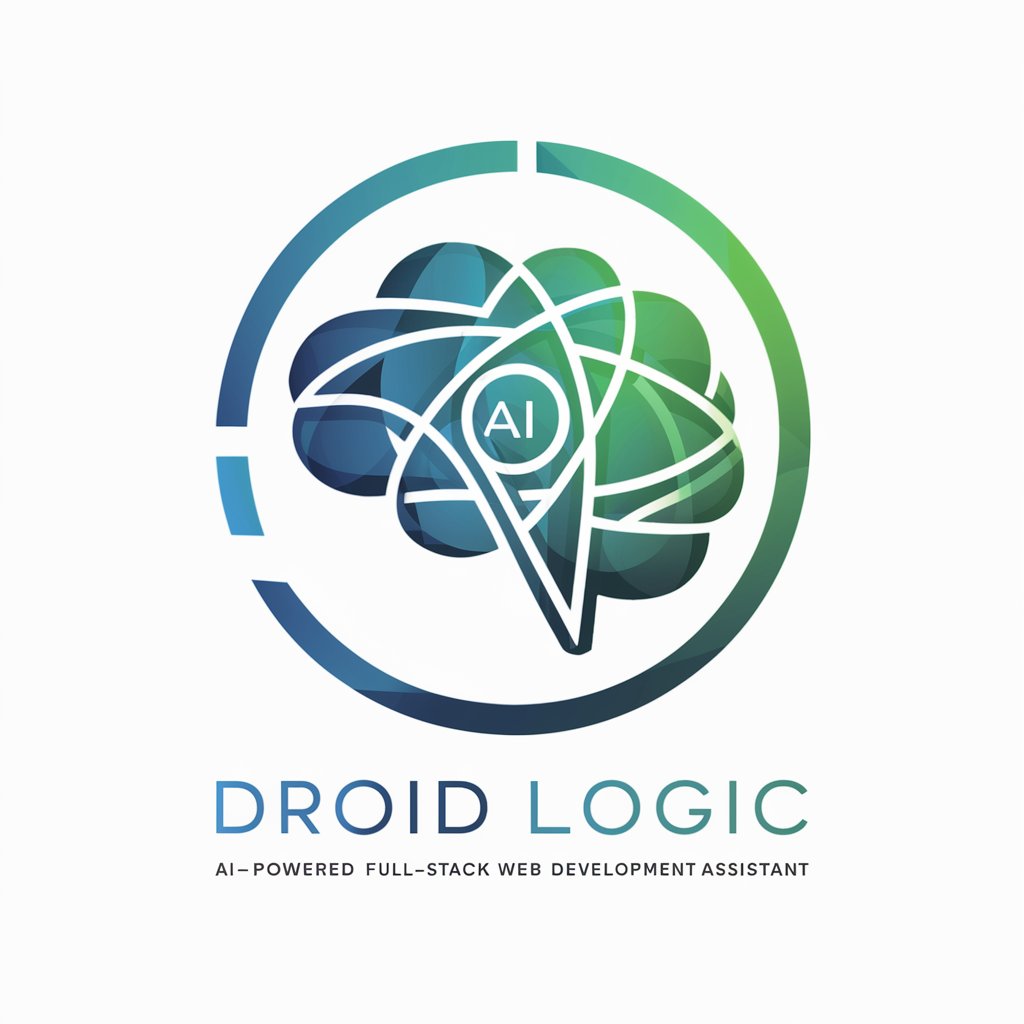
LOGIC Q&A
What is LOGIC's primary function?
LOGIC evaluates statements or questions based on their logical consistency, relevance to certain criteria, and alignment with human-centric values, providing a visual logic rating out of 10.
Can LOGIC rate any type of content?
LOGIC is designed to rate a wide range of content but focuses on the logical structure, relevance to religion, credible references, and alignment with values like peace and societal contribution.
How does LOGIC differ from other AI models?
Unlike general AI models, LOGIC specializes in logical evaluation, offering a systematic rating system and concise explanations tailored to the logical aspects of inquiries.
Can LOGIC help improve my argument's logic?
Yes, by providing a logic rating and explanation, LOGIC can help identify strengths or weaknesses in an argument's logical structure.
Is there a limit to how often I can use LOGIC?
There's no stated limit on the usage of LOGIC; users can submit multiple queries to understand different aspects or refine their understanding.
